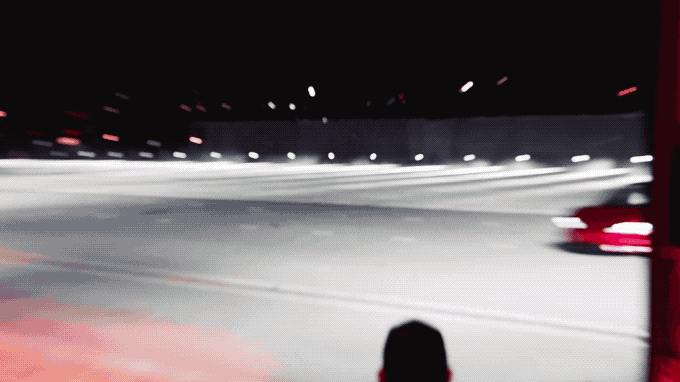The second-generation Tesla Roadster — the all-electric sports car that made a splashy and surprise debut in November 2017 — will “hopefully” go into production next year, CEO Elon Musk said Tuesday at the company’s annual shareholder meeting in Austin, Texas.
Emphasis on hopefully.
The Roadster, which originally was supposed to come to market in 2020, has been repeatedly delayed over the years as the high-priced sports car took a backseat to other Tesla products, including the Model 3 and Model Y vehicles.
Musk said, in response to a question from a shareholder, that the company expects to complete the engineering and design of the Roadster in 2023.
“This is not a commitment, but hopefully we’ll start production next year,” Musk said, calling the Roadster the “cherry on the icing on the cake.”
“It’s definitely not going to be a huge contributor to revenue,” he added. “It will be a modest contributor to profitability, but it will be sick.”
The original Tesla Roadster, the company’s first EV, debuted in 2006 and went into production in 2008. About 2,400 of the low volume, high-priced EVs were sold. While the Roadster put Tesla on the map, it would be Tesla Model S, a higher volume luxury vehicle that went into production in 2012, that would become a top seller.
The second-generation Tesla Roadster made a surprise debut during the company’s Tesla Semi event in November 2017. At the time, the company said the Roadster would be able to travel from 0 to 60 miles per hour in 1.9-second and have a starting price of $200,000. The first 1,000 Founder’s Series models were expected to start at $250,000.
Tesla offered attendees at the 2017 event a ride in the Roadster if they dropped $50,000, money that would be used as a deposit. More than a few took the company up on the offer.
Since then, Musk has upped the ante — or the specs — on the yet-to-be produced Roadster. In 2018, he tweeted that the Roadster would be offered with a SpaceX option package that will include 10 small rocket thrusters.
Two years later, he mentioned the SpaceX option again after someone visiting the Peterson Museum in Los Angeles noticed a plaque under the next-gen Roadster that stated “0-60 mph in 1.1 seconds.” At the time, Musk tweeted that “it will be safe, but very intense. Probably not wise for those with a medical condition – same as a hardcore roller coaster.”
SpaceX option came up again during the 2023 shareholder’s meeting.
“You know, there’s some value to me running two companies because the next gen Roadster will have the SpaceX option package that will make it truly next level,” he said.
Tesla Roadster production has been pushed back again by Kirsten Korosec originally published on TechCrunch
source https://techcrunch.com/2023/05/16/tesla-roadster-production-has-been-pushed-back-again/

Comments
Post a Comment